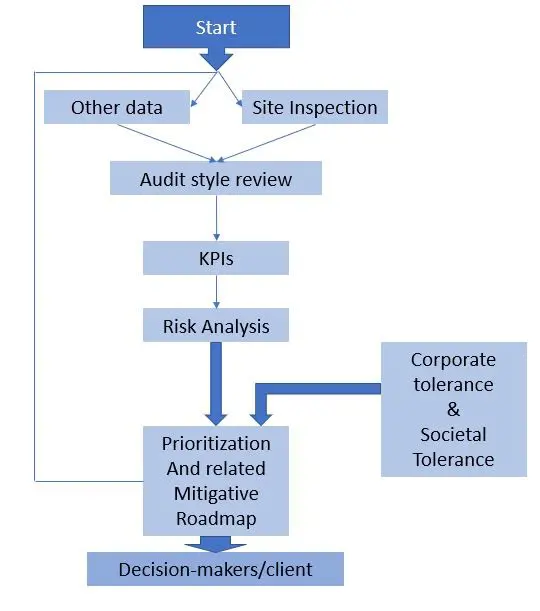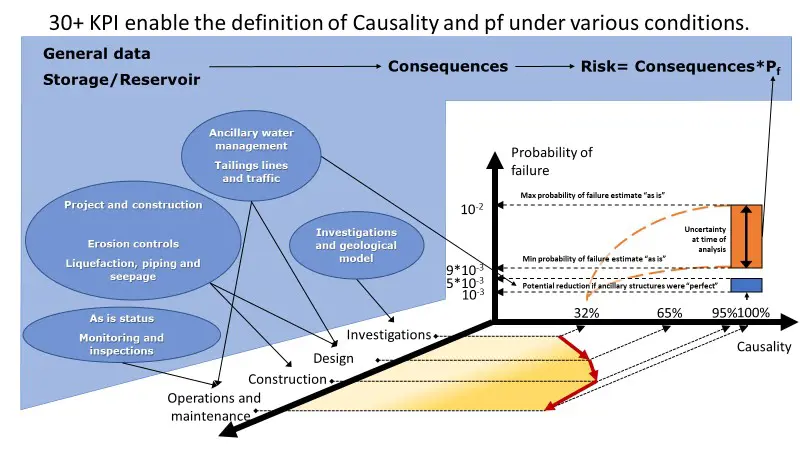Tailings dam review boards and inspection reports exist because of a voluntary effort by the mining industry to improve and mitigate dam issues. In addition, mining companies are under pressure to be more transparent on their issues. We discuss the term “issue” below.
The United Nations Environmental Programme 2017 report and, more recently, the Church of England initiative and ICMM’s Global Industry Standard on Tailings Management (GISTM) are all expressions of this growing pressure.
Thus, mining companies are requesting the publication of tailings dam review boards and inspection reports. Publication opens the door to immediate scrutiny and thus to an increase in all actors’ liabilities. The main actors are the mining companies, the review board members and the inspectors. That increase of liability, especially due to frivolous challenges, is the major difference between publishing and not publishing those reports. Indeed, in the case of serious accidents, reports and studies are generally the object of subpoena. As a result, their authors get involved in the proceedings.
Liabilities in Tailings Dams Review Boards and Inspection Reports
Review boards have to give expert advice on dams and their issues. We have seen review boards getting involved in modifying parameters of geotechnical analyses or inundation studies. At Riskope, we believe that involvement is not within the scope of a review board and certainly exposes the members to undue liabilities.
Inspection teams have an “audit style” approach and mostly deliver factual observations. However, we have seen inspection reports qualifying the “safety” of a dam, or even “risks”, as a result of their observations. That is, again, a detrimental behavior from an inspector’s liability point of view.
Inaction from the mining company can obviously result in potential liabilities. In our practice, we note that although some advice and observations may not be what the owners would like to hear, in the great majority of cases, the advice and observations are followed by actions. Only very rarely have we seen correspondence addressing negligent inaction by the owner.
Now it is time to discuss why we are using the term “issue”. We used “issue” because it is broad. Indeed, it is often unclear if tailings dams review boards and inspection reports end up addressing dam risks or hazards and oftentimes, as we noted, they go out of scope, unduly exposing themselves.
Furthermore, we have seen many of those reports which, for example, use hazard and risk interchangeably, poorly define the “system” under consideration (i.e. the dam and its ancillary facilities) and forget the existence of cascading dykes and dams and their interdependencies.
A Roadmap to a Better Working Environment
At Riskope, we believe that one way to avoid undesirable exposures lies in adopting a clear technical glossary and adopting a workflow where each step has very clear scope.
The figure below shows where site inspection and audit style review should sit in the workflow. We think the goal of site inspections and audit style reviews is not to make declarations on the issues. It is instead to provide a set of concrete key performance indicators (KPIs) enabling transparent, quantitative risk analysis.


